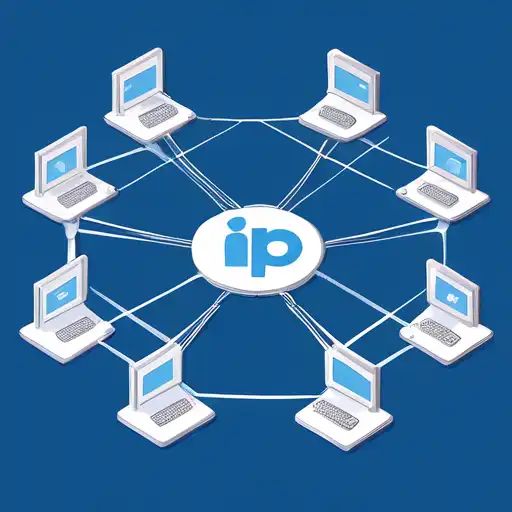Introduction to IP Addresses
In the digital world, IP addresses play a crucial role in connecting devices across the internet. An IP address, or Internet Protocol address, is a unique identifier assigned to each device connected to a network. This guide will walk you through the basics of IP addresses, their types, and how they facilitate communication between devices.
What is an IP Address?
An IP address is a numerical label assigned to each device participating in a computer network that uses the Internet Protocol for communication. It serves two main functions: identifying the host or network interface and providing the location of the host in the network.
Types of IP Addresses
There are two main types of IP addresses: IPv4 and IPv6. IPv4 addresses are 32-bit numbers often displayed in decimal format, such as 192.168.1.1. Due to the exponential growth of the internet, IPv6 was introduced, which uses 128-bit addresses, allowing for a vastly larger number of unique addresses.
How IP Addresses Work
IP addresses are the backbone of internet communication. When you type a website name into your browser, a Domain Name System (DNS) server translates the name into an IP address, allowing your device to connect to the website's server. This process happens in milliseconds, enabling seamless browsing experiences.
Static vs. Dynamic IP Addresses
IP addresses can be static or dynamic. A static IP address remains constant, making it ideal for hosting websites or services. Dynamic IP addresses, assigned by a DHCP server, can change over time and are commonly used for residential internet connections.
Why Understanding IP Addresses is Important
Understanding IP addresses is fundamental for anyone looking to delve into networking, cybersecurity, or IT. It helps in troubleshooting network issues, setting up a home network, or securing your online presence.
Conclusion
IP addresses are integral to the functioning of the internet. Whether you're a budding IT professional or just curious about how the internet works, grasping the basics of IP addresses is a great starting point. For more advanced topics, consider exploring subnetting and network security.
For further reading on networking basics, check out our guide on Understanding DNS.
